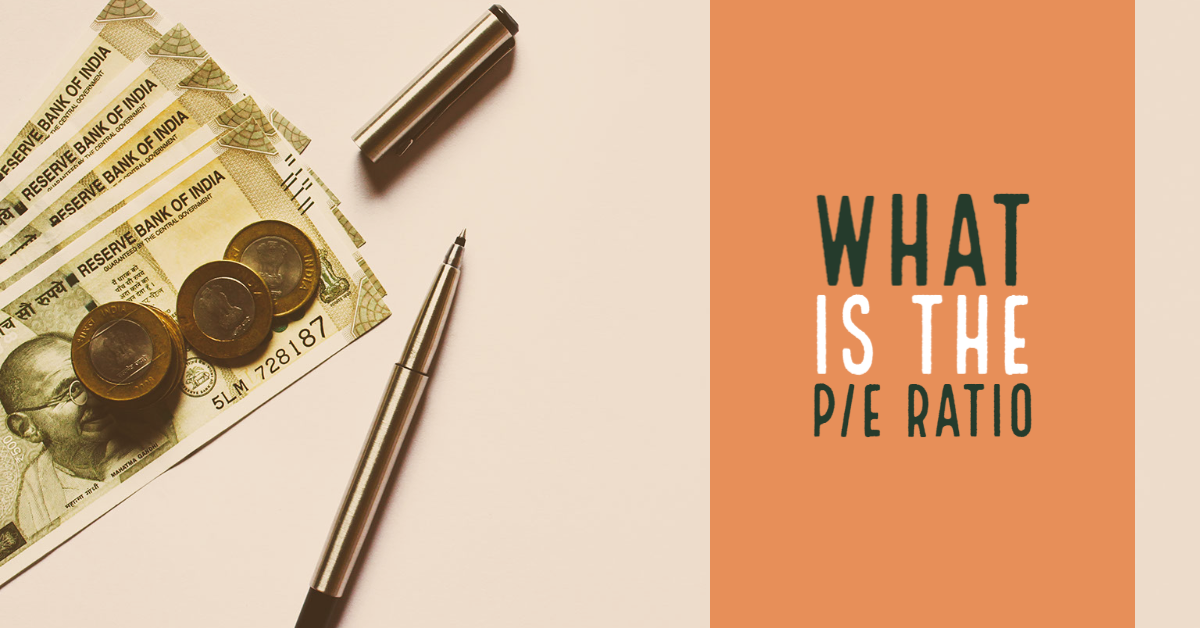As you probably know, there are a variety of different ratios that investors may use to value a business. Today, we’re going to take a look at the price-to-earnings ratio or the P/E ratio in short.
What is the P/E ratio?
The price-to-earnings ratio is a formula that investors use to value businesses. This ratio calculates the company’s current share price divided by its earnings per share. A high P/E ratio could indicate that the stock of a company is overvalued. Most of the time, a high P/E ratio simply suggests that investors are expecting high growth rates in the future.
Bear in mind that businesses that lose money (or do not have earnings) do not have a P/E ratio. Negative earnings will amount to a negative price-to-earnings ratio which is not very useful.
Calculation and examples
Calculating the price-to-earnings ratio is not very hard to do. You have to take the current market value for each share and divide that by the earnings per share.
First, let’s take a look at a hypothetical example. We have a company XYZ with a share price of $100. This company has profits of 10 billion dollars and 1 billion outstanding shares. We can now easily calculate earnings per share: $10billion/1billion = $10. After that, The P/E ratio of company XYZ will equal 10x: $100/$10.
Two varieties
There are two commonly used varieties of calculating the P/E ratio. One uses forward earnings, the other one uses trailing earnings. The forward price-to-earnings ratio uses future earnings guidance. Therefore, this means that estimated earnings are used. As a result, you could argue that this provides a better picture. But, Keep in mind that estimated earnings will not always be equal to the actual results.
The trailing P/E ratio relies on the performance over the past 12 months. As a matter of fact, this is also the most used one. Here, we only use actual numbers. Assuming the company reports earnings accurately. In addition, Trailing profits-to-earnings has its own shortcomings as well. For example, past performance is, of course, not an indication of possible future results.
What do we learn from the price-to-earnings ratio?
In conclusion, the price-to-earnings ratio is one of the most used stock analysis tools. It can reveal if a stock is potentially overpriced/undervalued when compared to other companies in the same industry or a benchmark like the S&P 500.
When you take it down to the basics, the P/E ratio actually shows how much investors are willing to pay for every dollar of current earnings.
Do you think that I have missed something? Please leave your comments in the section down below! In addition, If you are interested in my current portfolio, check it out here!




